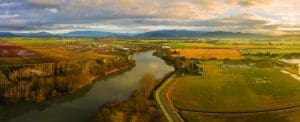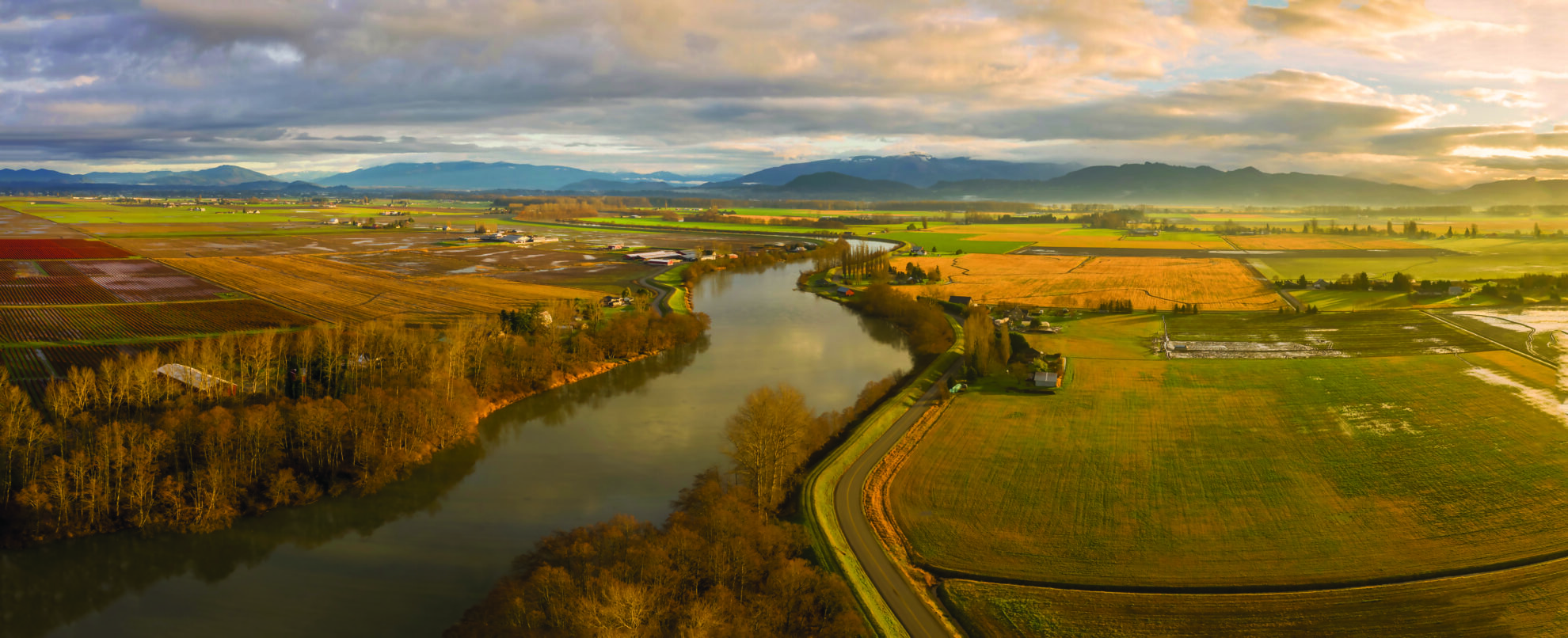
By Gina Gigot Contributing Editor
On December 15, 2022, an AP headline read: “This Is the First time the Kansas Water Authority Has Voted to Save What’s Left of the Ogallala.”
On January 6, 2023, an AP headline read: “Warning About the Kansas Aquifer’s Decline Set Up Big Fight in Kansas.”
So, what is all the fight going to be about? Here is exactly the recommendation by the Kansas Water Authority to the Kansas Gov. Laura Kelly and the Kansas Legislature:
- The policy of planned depletion of the Ogallala Aquifer is no longer in the best interest of the state of Kansas.
- A formal collaborative process is needed to establish data-driven goals, metrics and actions to halt the decline of the Ogallala Aquifer while promoting flexible and innovative management within a timeframe that achieves agricultural productivity, thriving economies and vibrant communities – now and for future generations of Kansans.
- The collaborative process should engage state agencies, regional advisory committees, local stakeholders, groundwater management districts and the Kansas Water Authority.
Earl Lewis, chief engineer of the Kansas Division of Water Resources, has said the historical directives from the state government don’t agree with some in western Kansas, including the majority of water officials. The current state policy is to drain the aquifer. From discussions in 1957 on how to apply the Water Appropriation Act to the Ogallala Aquifer, legislators realized they had this large water resource that could be put to use. So, the discussion was whether to allow that to happen, and whether to abandon the first-in-time, first-in-right water appropriation doctrine. They wanted to use the resource for economic gains but left the prior appropriation system in place. Once we get to the end, the first-in-time, first-in-right doctrine would still apply.
If the current focus is to conserve and extend the life of the aquifer, how do we match the planned depletion policy of the state with the desire to have a sustained economy?
I have been in many water meetings by several different organizations throughout the last five years and the consensus is always the same – and unanimous. We must make a joint effort to do the RIGHT thing to conserve the aquifer! However, if landowners and producers refuse to change what and how they grow in the southwest corner of Kansas and refuse to forget the use-it-or-lose-it theory that hasn’t been around for more than a decade, the aquifer will dry up and so will the economy.
There are several programs out there being used now, some with resistance and many with a voluntary effort. A Local Enhanced Management Area (LEMA) is a tool that allows Groundwater Management Districts (GMDs), to set goals and control measures to aid in water conservation, at the approval of the chief engineer. Kansas has five GMDs; currently, GMD4 has two LEMAs, and GMD1 has one LEMA and one under development.
Typical LEMAs are set for five years and you are bound during that term. Sheridan 6 LEMA in northwest Kansas (GMD4) has been in one for more than 10 years. It was originally put together by a feedyard and producers around it to say, “Hey, we are in a critical water area. It is the RIGHT thing to do to save our land, production and community.”
Sheridan 6 has been a huge success. Originally established to reduce water usage by 20 percent, the first term ended with a 31 percent reduction. Throughout the years, those producers admit it is not a hardship and are making more per acre than before the LEMA.
In 2016 when north Finney/Kearny counties were trying to put together a LEMA, suddenly water talk became real. All the producers were running around, listening to the pros and cons and cussing one another. These discussions did not go as well as Sheridan 6 and caused a lot of community adversity. As it turned out, it never passed. However, there was good that came out of those conversations.
People learned more about the Water Conservation Area (WCA), a designated area with an approved management plan developed by a water rights owner or group of water rights owners with the help of the Kansas Department of Agriculture’s Division of Water Resources (DWR) and consent of the chief engineer, also to be approved by the GMD.
The key words in a WCA are flexibility of water rights and voluntary programs. As an example, you can put in your plan to bank water. If your plan is to conserve 20 percent and your actual is 25 percent over WCA, 5 percent can be “banked” and used in future years. This is flexibility over your rights. There are many more options that the DWR can help you with to fit your operation. Voluntary is just that – if this program is not working for you, you can request to stop it. Currently, there are more than 65,000 acres enrolled in WCAs over the Ogallala Aquifer in western Kansas.
The other thing that the LEMA discussions in Finney and Kearny counties brought out was water technology farms. From 2016 to 2020, there were more than 19 water technology farms initiated throughout Kansas with the Kansas Water Office, DWR, Kansas State University and others actively involved. These technology farms offer a variety of new technology, including nozzles, moisture probes, telemetry, weather stations and more. There is an abundance of information and sources to help you understand your options for your farm.
In recent years, I have been asked over and over to tell our WCA success story. I laugh! It is quite simple. We made a plan, worked our butts off, had successes and epic failures, but we never deviated from our original plan – probably no different than many of you reading this right now.
In 1973 when our farm was developed, our water table level was 79.70; as of today, it is 236.76. Our dad had been watching these levels and started his own water savings program after the horrible drought of 2011. The levels stabilized after he cut his farming acres in half for two years, keeping all systems at 800 to 1,000 gallons per minute.
That worked for his goals. However in 2016 when my brother Marc and I became executors, it wasn’t going to work for what we needed and wanted to accomplish. We believed every acre needed to be productive to meet our goal of reestablishing soil health. Our plan was easy, not rocket science: everything will be “walked off”; all crops will be baled, ensiled or pastured; and all water is 100 percent traceable. For example, we can trace by lot number all cattle eating the feed during the timeframe of each pile, bale or pasture.
We had to fight hard to get our WCA approved – to the point where we wondered if it was worth the trouble. The DWR worked with us, but the terms in front of them were to go off previous usage. In other words, if you have been conserving in the past, you needed to conserve more. That is a downside of the WCA and needs to be changed.
Long story short, our WCA was to conserve 22 percent off our allocated acre feet (AF). I prefer to say it that way rather than how it is written in the WCA. The permitted is what we could be pumping and what we are protecting. As we finished our fifth year of our WCA, we had a total savings of 21,700 AF from allocated and banked an extra 2,000 AF. We are currently working on renewing our WCA with a 10-year plan.
The decision to go into the WCA honestly saved our farm operation. We stabilized our water table level, which was the main goal. We learned to take a different approach – to look at our return on water, which only increases our return on investment in the long run. We also felt by participating in the WCA, we are protecting our water rights permit.
In southwest Kansas, 50 to 60 percent of the corn fed in feedyards is already imported. Why are Kansans growing corn when forage is what is needed for both the local beef and dairy industries? Why are there thousands of acres of soybeans, sunflowers and cotton grown, none of which benefits any industry in southwest Kansas?
We have watched feedlots expand over and over and have allowed an entire dairy industry to multiply in less than a decade. Yet it is the land water rights owners who are going to be paying the price if we all do not collaborate and make it RIGHT.







